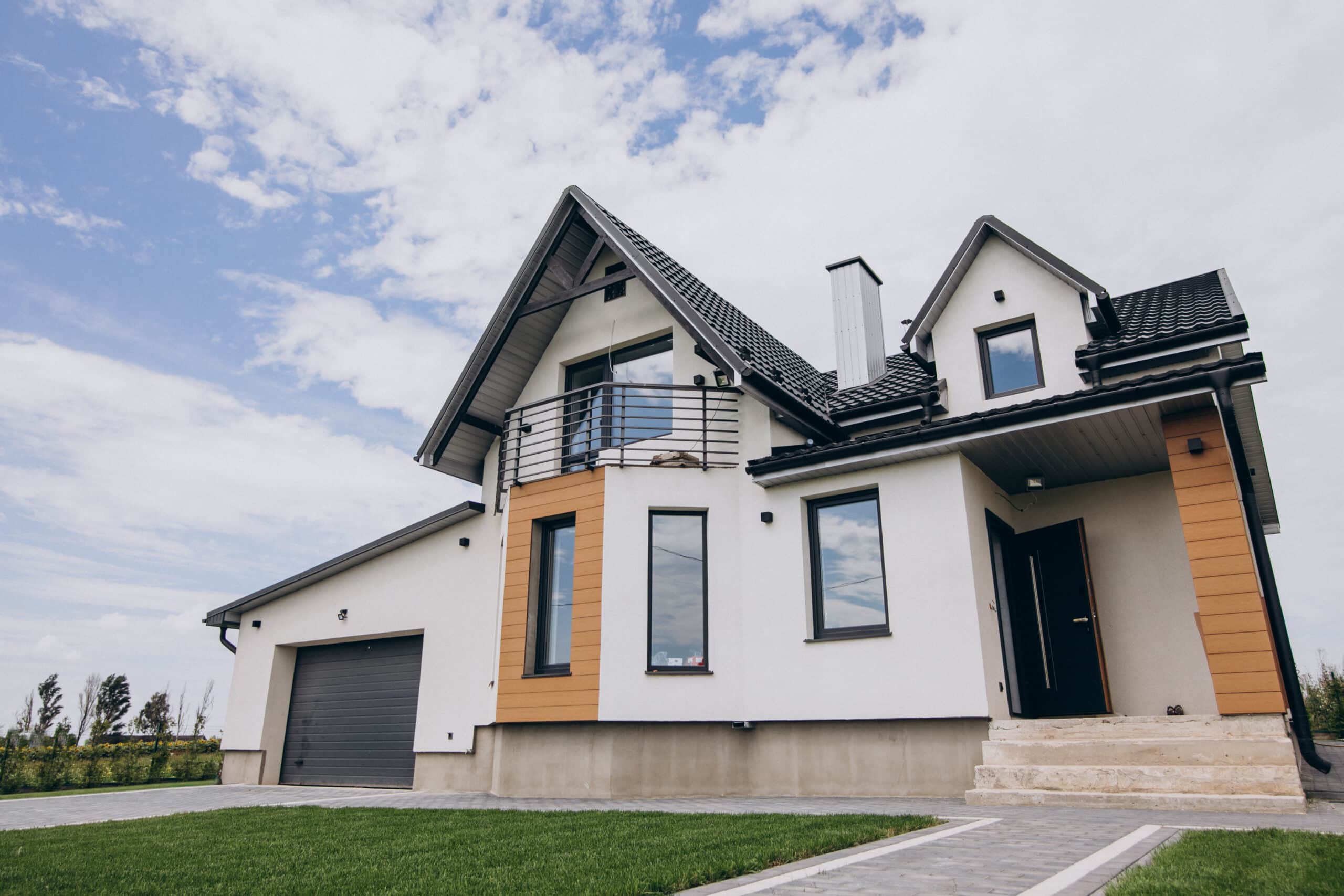Imagine managing a property where pests are never a problem. That’s the promise of Integrated Pest Management, or IPM. For property managers, pest control is crucial. Not only do pests cause damage, but they can also drive tenants away. Traditional pest control methods often rely heavily on chemicals, which can be harmful and costly.
IPM offers a smarter approach.
What is Integrated Pest Management?
Integrated Pest Management is a comprehensive pest control strategy that focuses on long-term prevention and control. Unlike traditional methods, which often involve routine pesticide applications, IPM uses a variety of techniques to keep pests at bay. The goal is to manage pest populations at acceptable levels, using the least harmful methods available. IPM involves three main principles: prevention, monitoring, and control.
Prevention is the first line of defense in IPM. This means taking steps to make the environment less attractive to pests. Simple measures like sealing cracks, fixing leaks, and proper waste management can go a long way. By preventing pests from entering the property in the first place, you reduce the need for more aggressive control measures later.
Monitoring is another key aspect of IPM.
Regular inspections and monitoring help to identify pest problems early. This allows for timely intervention, preventing small issues from becoming major infestations. Monitoring involves keeping records of pest sightings, identifying the types of pests present, and tracking the effectiveness of control measures. This data helps in making informed decisions about the best course of action.
Control methods in IPM are diverse and tailored to the specific pest problem. They range from biological controls, like introducing natural predators, to mechanical controls, such as traps and barriers. Chemical controls are used, but only as a last resort and in the most targeted, efficient manner possible. This approach minimizes risks to people, pets, and the environment.
Learn more about Preventive Maintenance Pest Control and why proactive measures are key to long-term pest management.

Modern Pest Control, Simplified.
with Pest Share!
Advantages of Integrated Pest Management
One of the biggest advantages of Integrated Pest Management is its environmental benefit. By relying less on chemical pesticides, IPM reduces pollution and helps protect ecosystems. This is increasingly important as more people become aware of the environmental impact of traditional pest control methods. For property managers, adopting IPM can enhance the property’s reputation as a green and sustainable place to live.
Cost savings are another significant advantage. While the initial setup for an IPM program may require some investment, the long-term savings can be substantial. Traditional pest control methods often involve regular pesticide applications, which can be expensive. IPM focuses on prevention and uses pesticides only when necessary, which can reduce costs over time.
Another benefit is tenant satisfaction. Tenants are more likely to stay in a property where they feel safe and comfortable. Pests can be a major source of discomfort and even health problems. By effectively managing pests, property managers can improve tenant retention rates and reduce turnover. This not only saves money but also helps maintain a stable and happy tenant community.
Furthermore, the reduced need for chemical pesticides means fewer health risks for tenants. Many pesticides can cause allergic reactions or other health issues. By using safer, more natural methods, IPM helps to create a healthier living environment. This can be a significant selling point for prospective tenants who are concerned about their health and the environment.
Have a look at Eco Friendly Pest Control methods that reduce chemical use without compromising effectiveness.
IPM Plan: A Step-by-Step Guide
Creating an Integrated Pest Management (IPM) plan for your property might sound like a big task, but it’s really about taking smart, manageable steps. An effective IPM plan includes inspection, identification, and the careful selection of control methods. Let’s break it down.
First, inspection and monitoring are crucial. Regularly check your property for signs of pests. This means looking in common problem areas like kitchens, basements, and around garbage areas. Keep a record of what you find. This helps you spot patterns and identify problem areas quickly.
Next is identifying pests and the damage they cause. Knowing exactly what pests you’re dealing with is key. Different pests require different treatments, so accurate identification is essential. Look for signs like droppings, nests, or damaged materials. Use pest identification guides or consult a professional if you’re unsure.
After you’ve identified the pests, choose the right control methods. IPM favors prevention and non-chemical controls first. Start with simple steps like sealing entry points, fixing leaks, and ensuring good sanitation. If pests are already present, consider traps, barriers, or natural predators. Chemical treatments should be a last resort and used sparingly.
Implementing the IPM plan involves putting these strategies into action. Start with prevention. Make sure all potential entry points are sealed, and maintain a clean environment. Regularly inspect your property and monitor for any signs of pest activity. If you detect pests, act quickly using the appropriate control methods.
Finally, review and update your IPM plan regularly. Pests and conditions can change, so it’s important to adapt your strategies as needed. Keep detailed records of what works and what doesn’t. This helps you refine your approach over time and stay ahead of potential problems.
Integrated Pest Management Pros and Cons
Integrated Pest Management (IPM) has many benefits, but it’s important to understand the full picture. Let’s look at the pros and cons.
The advantages of IPM are clear. First, it’s environmentally friendly. By using fewer chemical pesticides, IPM helps protect our water, soil, and air. This is a big plus for those who care about the environment.
Second, IPM is cost-effective in the long run. While the initial setup might require some investment, the ongoing costs are usually lower. You save money by preventing pest problems before they become major issues. Plus, you reduce the need for expensive chemical treatments.
Another pro is improved safety. Fewer chemicals mean fewer health risks for your tenants and maintenance staff. This is especially important in homes with children, pets, or individuals with health concerns. IPM creates a healthier living environment.
Tenant satisfaction is another huge advantage. A pest-free home is a comfortable home. By managing pests effectively, you keep your tenants happy. Happy tenants are more likely to renew their leases, reducing turnover and the costs associated with finding new tenants.
But what about the cons? One downside is the initial time and effort required to set up an IPM plan. It takes planning and commitment to get started. Regular monitoring and maintenance are also necessary, which can be seen as a downside for some.
Another con is that IPM may not provide immediate results. It’s a long-term strategy that focuses on prevention and sustainable practices. If you’re dealing with a severe pest problem, it might take time to see significant improvements.
Finally, IPM requires ongoing education and adaptation. Pests and environmental conditions change, so your plan needs to be flexible. This can be a challenge, but it’s also an opportunity to continually improve your pest management practices.
How IPM Benefits Property Managers?
Integrated Pest Management (IPM) is a game-changer for property managers. The advantages of IPM go beyond just controlling pests; they help you manage your property more effectively and efficiently.
One major benefit is reduced maintenance costs. By preventing pest problems before they start, you save money on repairs and treatments. Simple steps like sealing cracks and fixing leaks are cost-effective and prevent pests from entering the property.
Lower tenant turnover rates are another significant advantage. Pests can drive tenants away, but with IPM, you create a pest-free environment that tenants appreciate. This leads to higher tenant satisfaction and retention, which means fewer vacancies and more stable rental income.
An enhanced reputation for your property is another benefit of IPM. Tenants talk, and a property known for being pest-free will attract more tenants. This positive reputation can set your property apart from others, making it more desirable.
Real-life scenarios illustrate the benefits of IPM. For example, dealing with rodents involves sealing entry points and setting traps. With IPM, you address the problem at its source, preventing future infestations. Similarly, controlling insects might involve removing food sources and using natural predators, reducing the need for chemical sprays.
Principles of Integrated Pest Management for Property Managers
Let’s dive into the core principles of Integrated Pest Management (IPM) and how you can apply them as a property manager. These principles are key to creating an effective and sustainable pest management strategy.
Prevention:
The best way to deal with pests is to stop them from becoming a problem in the first place. This means making your property less attractive to pests. Simple actions like sealing up cracks and crevices, ensuring proper waste disposal, and maintaining clean common areas can make a big difference. Regular maintenance checks are crucial. By preventing pests from entering, you avoid bigger problems down the line.
Monitoring:
Keep an eye on things. Regularly inspect your property for signs of pests. This doesn’t have to be complicated. It can be as simple as keeping a log of any pest sightings or signs of damage. Monitoring helps you catch problems early, so you can deal with them before they get out of hand. It’s about staying proactive rather than reactive.
Control methods:
When pests are detected, it’s time to choose the right control methods. Start with the least harmful options. Physical controls like traps and barriers can be very effective. Biological controls, like introducing natural predators, are another option. If chemical controls are necessary, use them sparingly and in a targeted way. The goal is to use the least toxic method that will still be effective.
Crafting an Effective IPM Plan
Creating an IPM plan tailored to your property doesn’t have to be complicated. Here’s how you can do it step-by-step.
Property assessment:
Walk through your property and identify potential problem areas. Look for entry points, food sources, and places where pests might hide. This initial assessment will give you a clear picture of what needs to be addressed.
Identify problem areas:
Based on your assessment, make a list of areas that need attention. This could include gaps around windows, leaky pipes, or cluttered storage areas. Knowing where to focus your efforts will make your IPM plan more effective.
Set action thresholds:
Decide how many pests are too many. Not every pest sighting requires action, but you need to know at what point a pest issue becomes unacceptable. Setting these thresholds helps you take action at the right time.
Select control methods:
Choose the best methods for your specific pest problems. Start with prevention and non-chemical methods. Use chemical controls only as a last resort. Remember, the goal is to manage pests in the most effective and least harmful way possible.
Integrated Pest Management is a smart, sustainable way to handle pests. It’s good for the environment, saves money, and keeps tenants happy.






